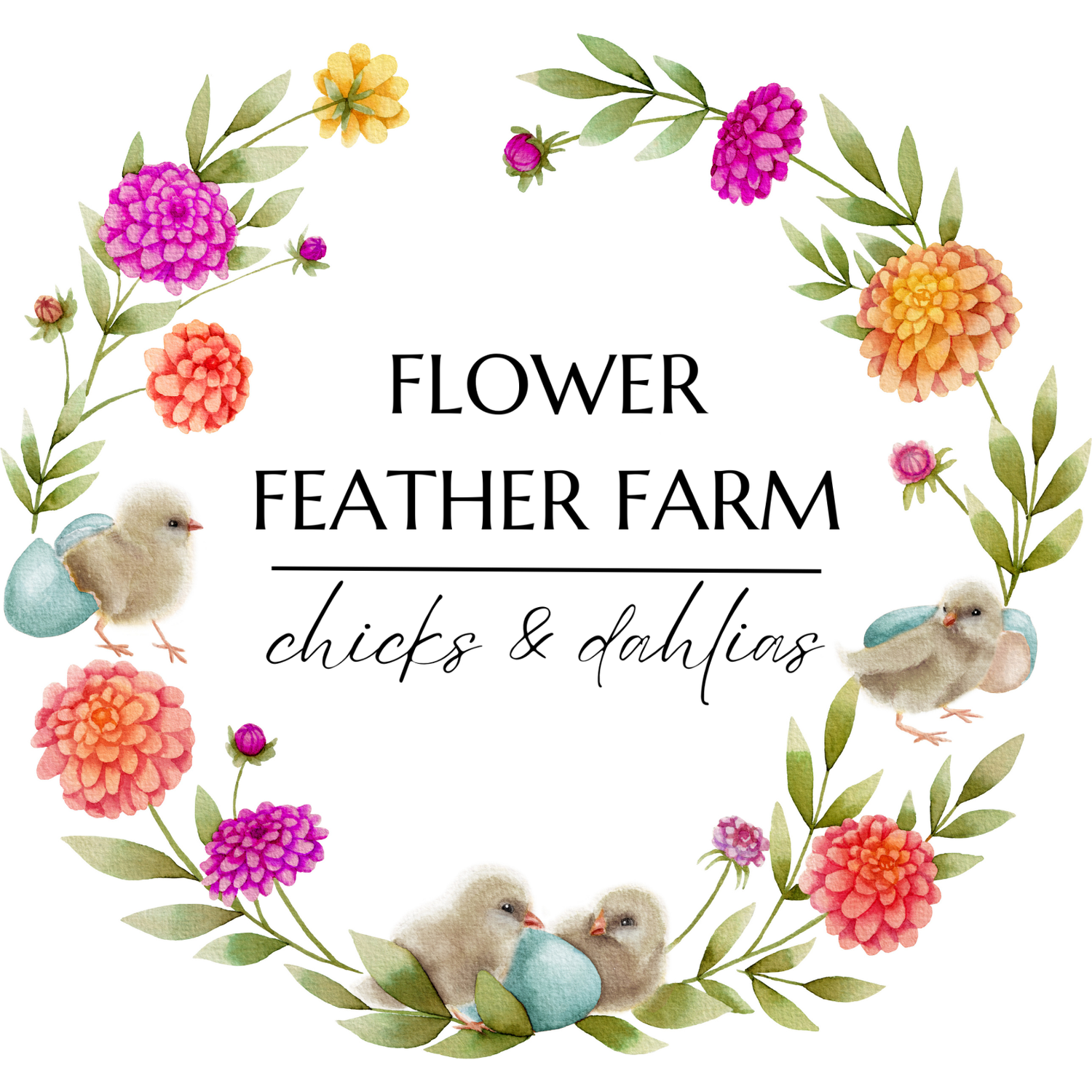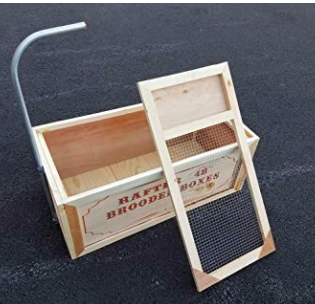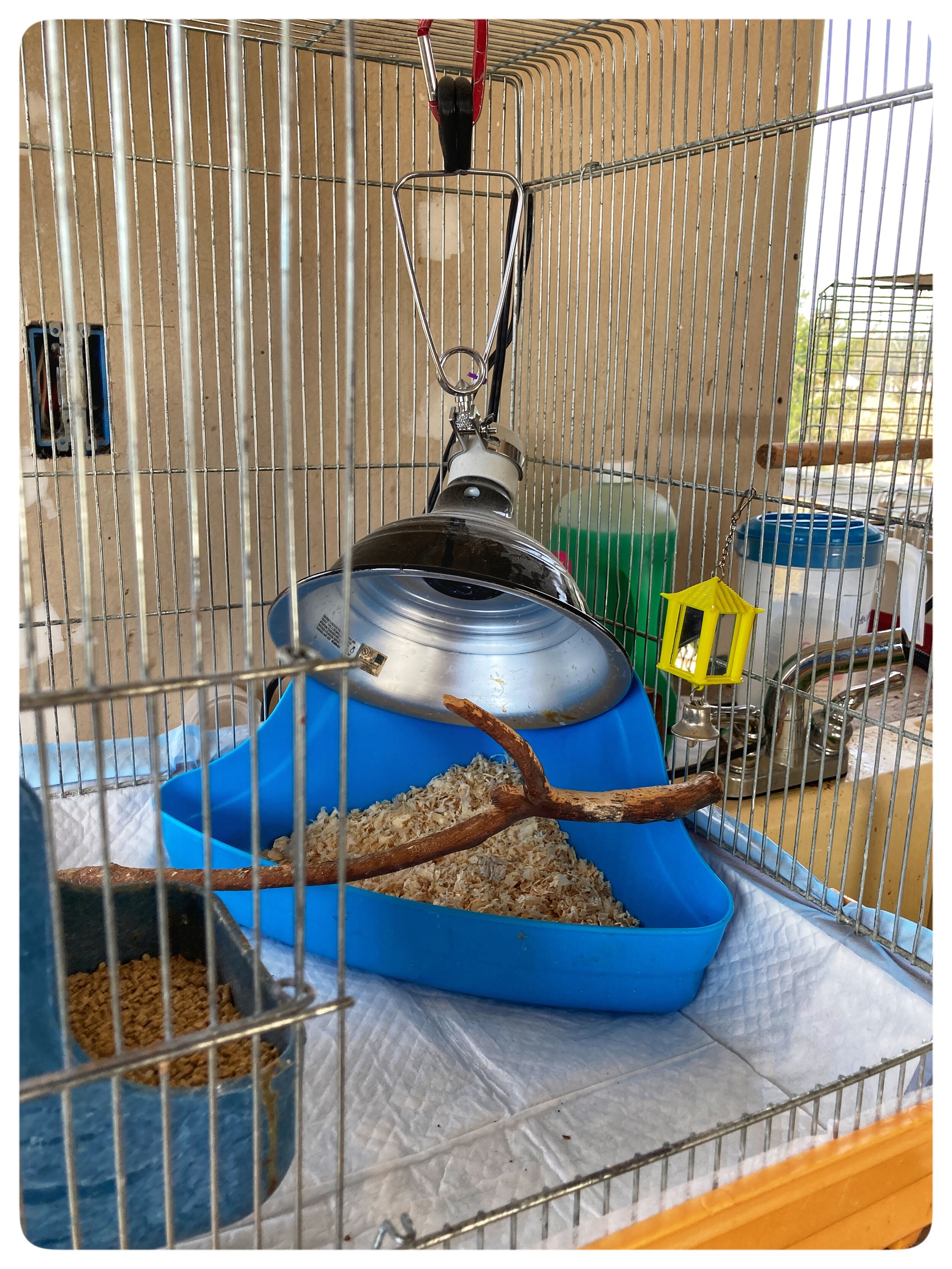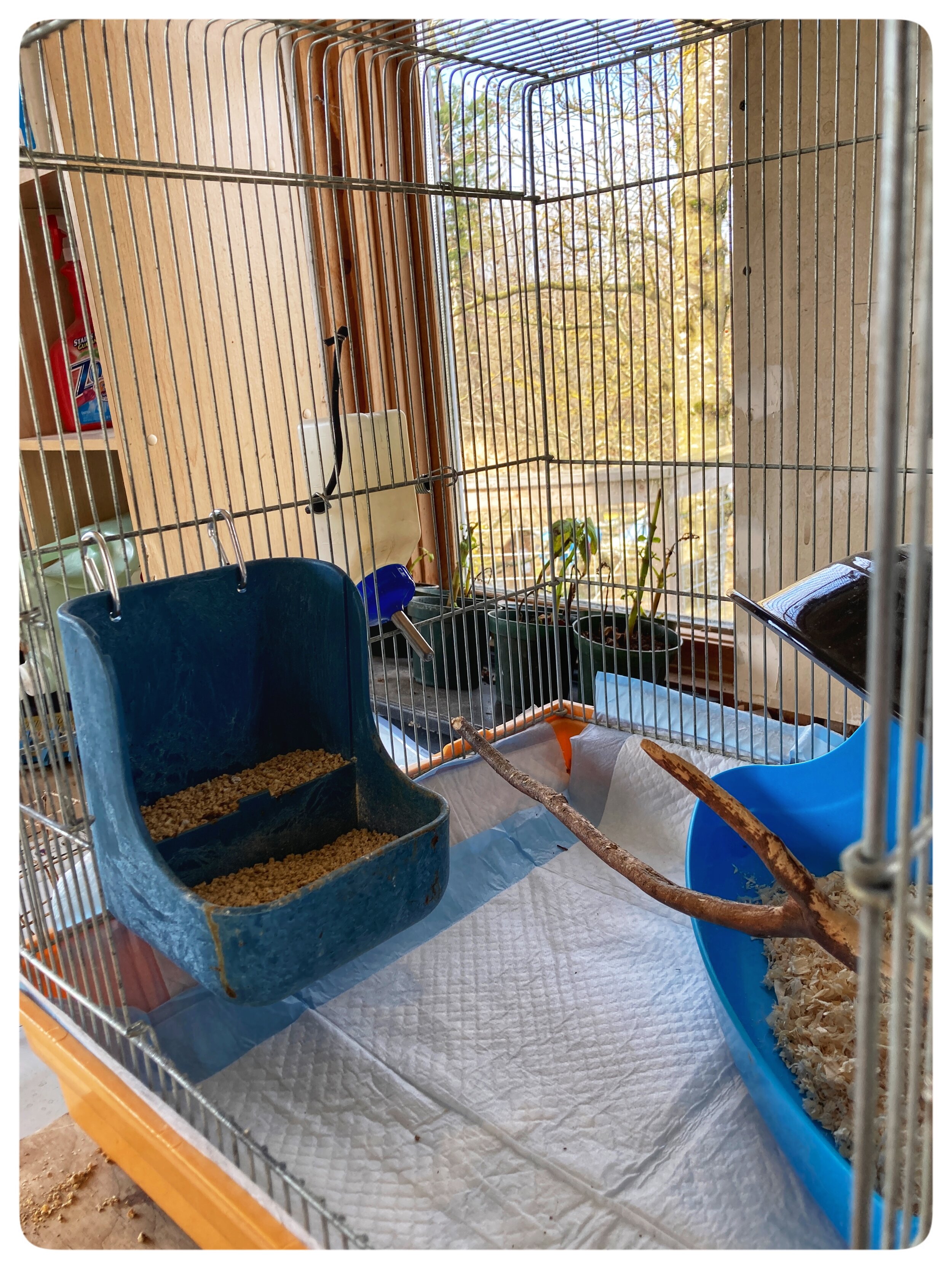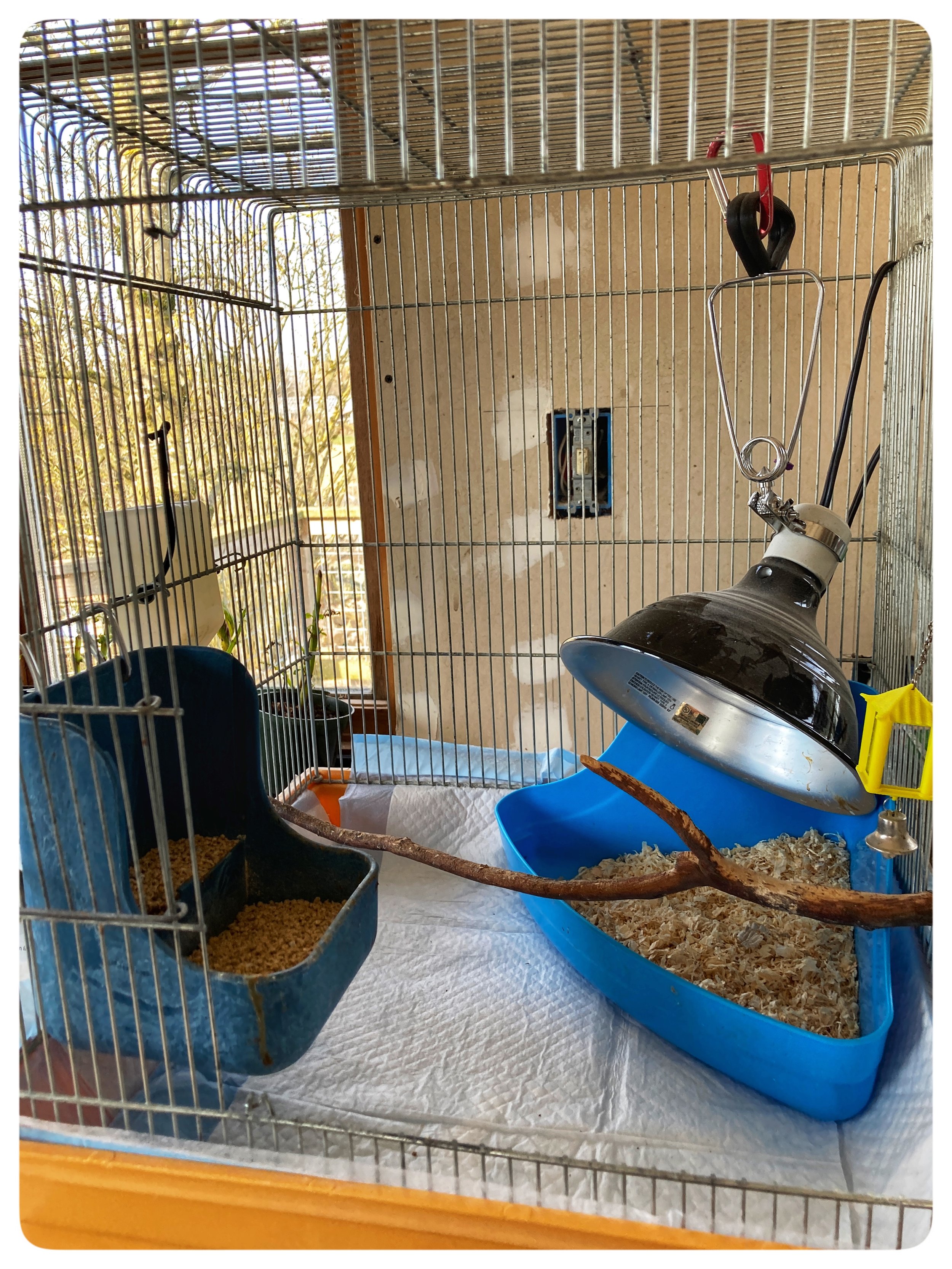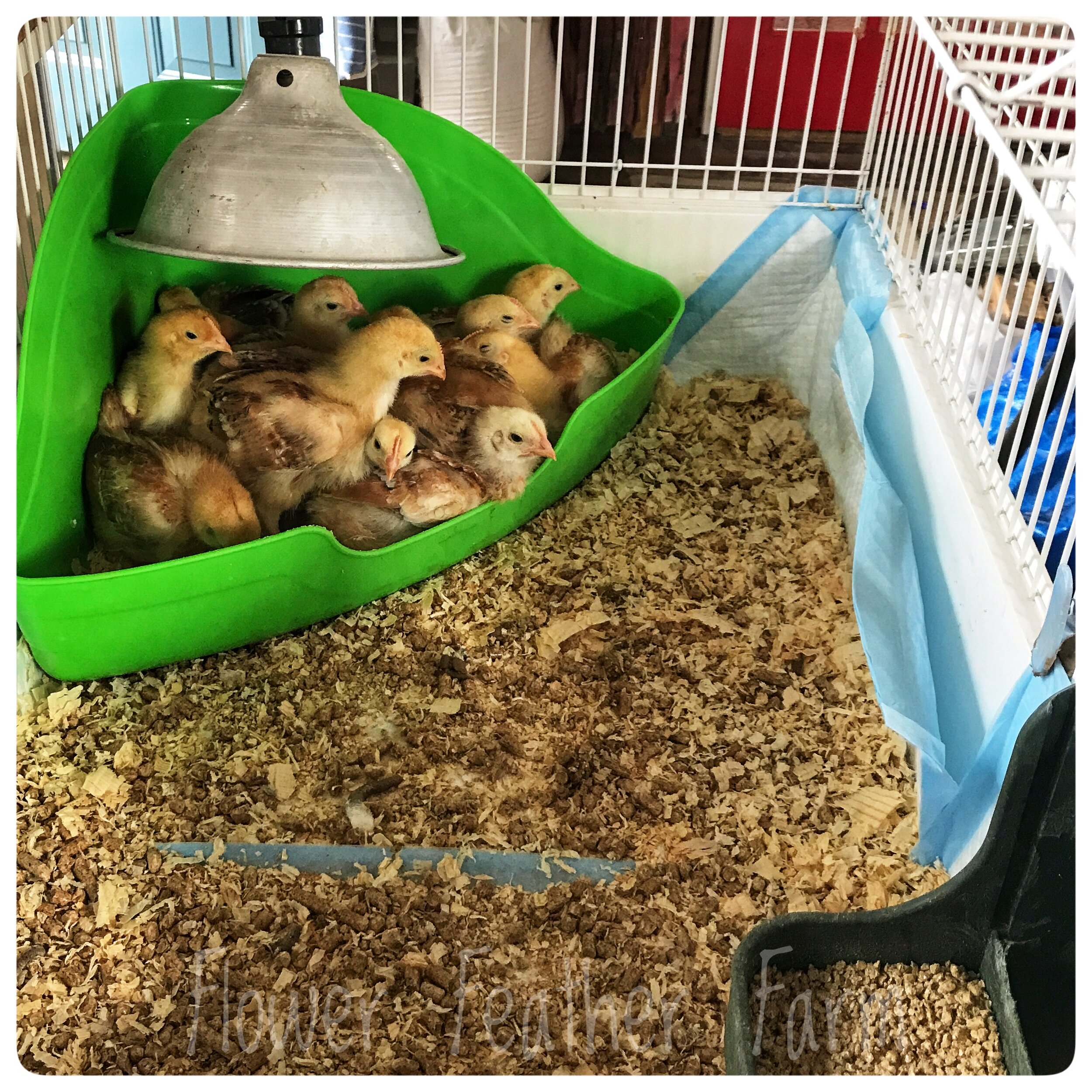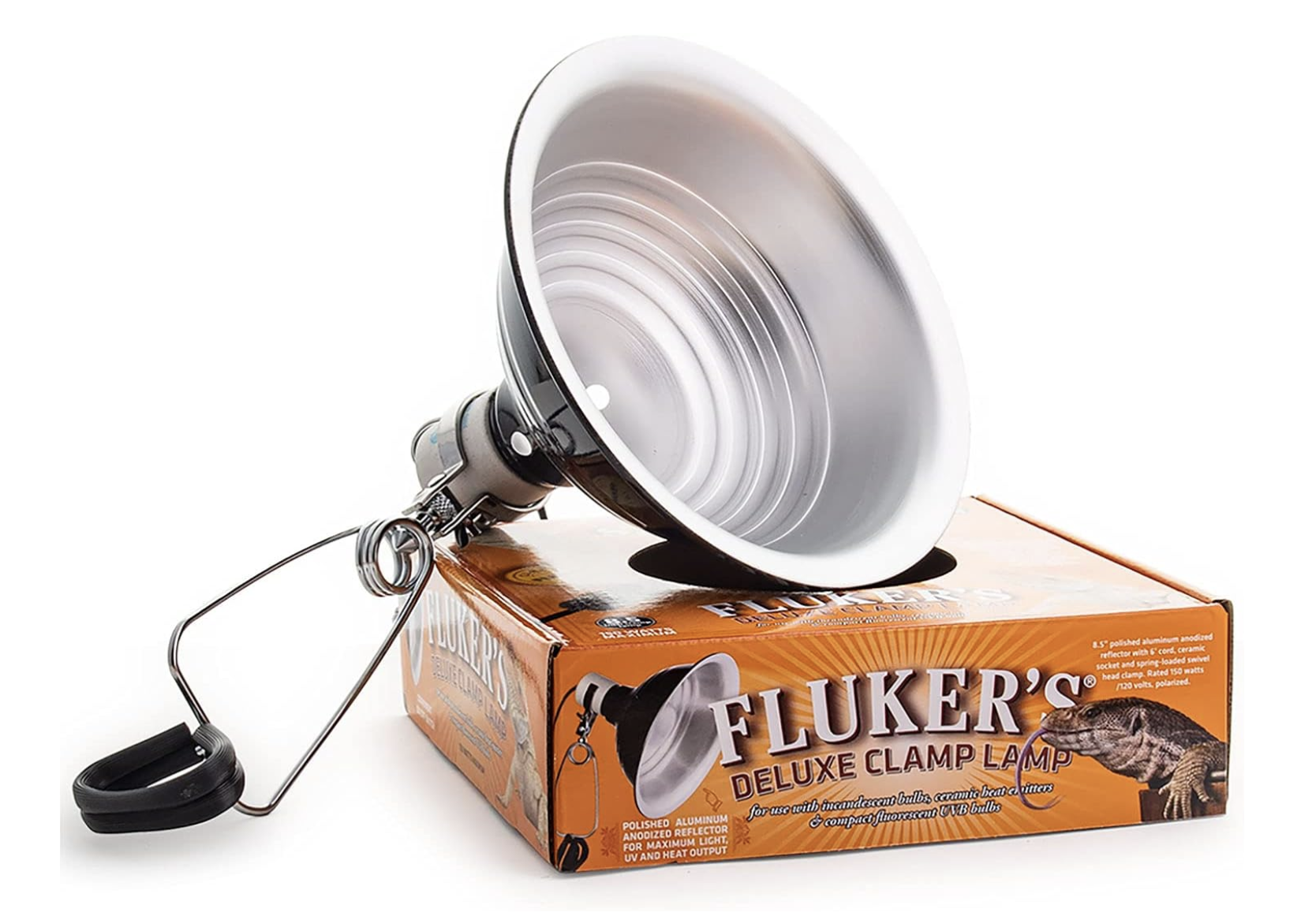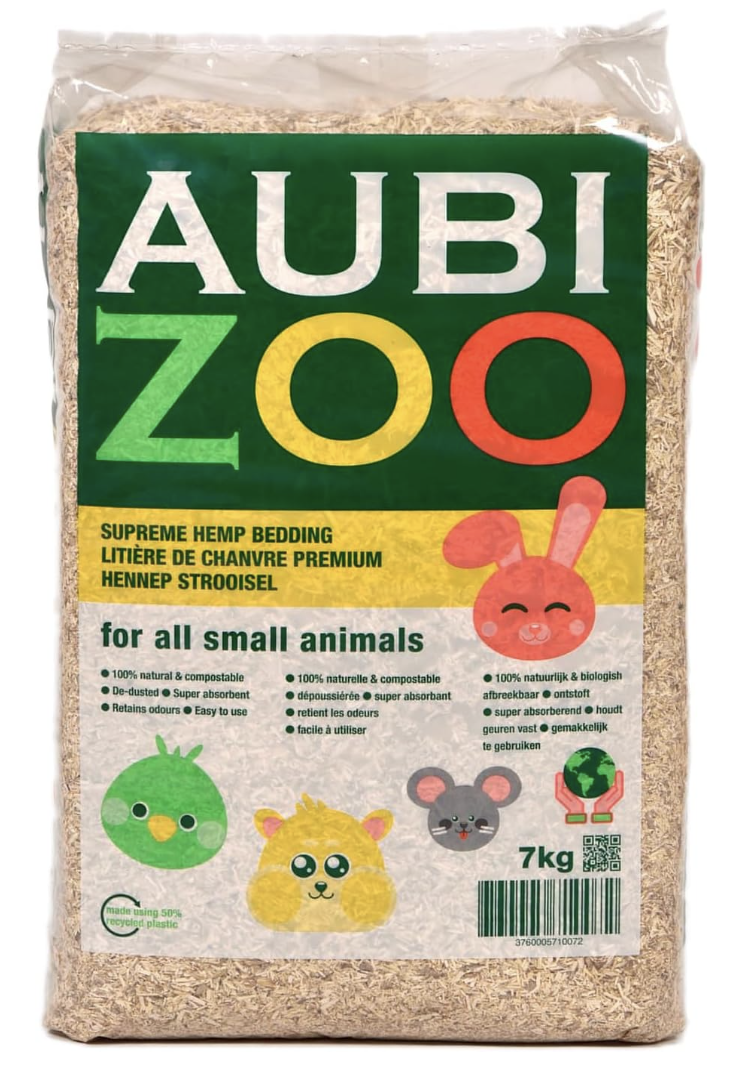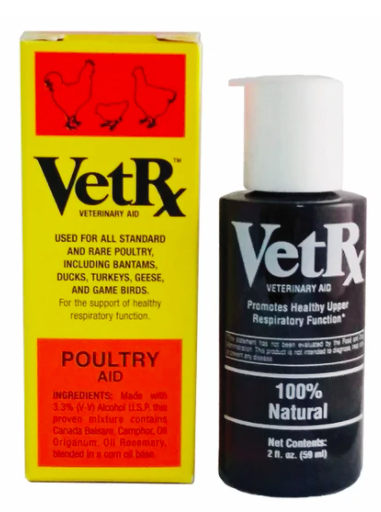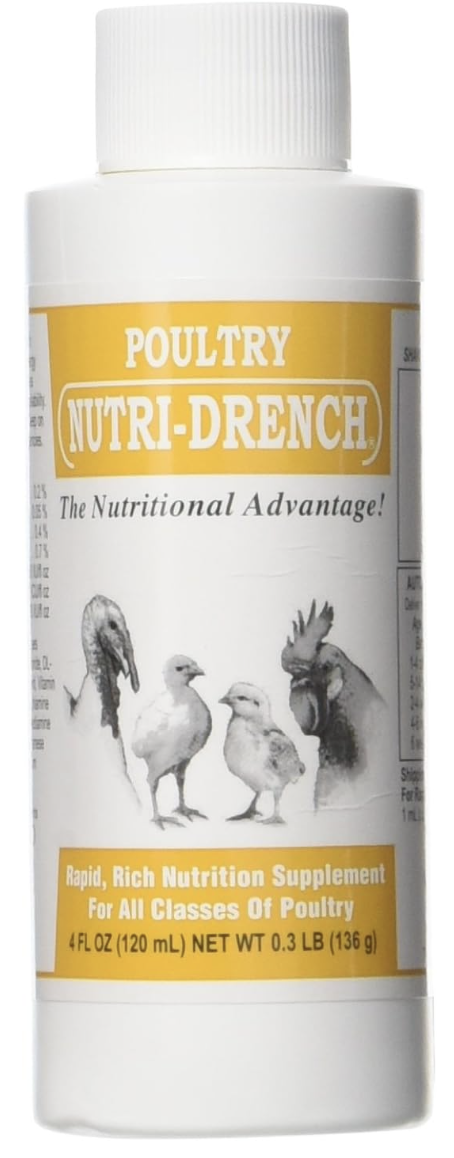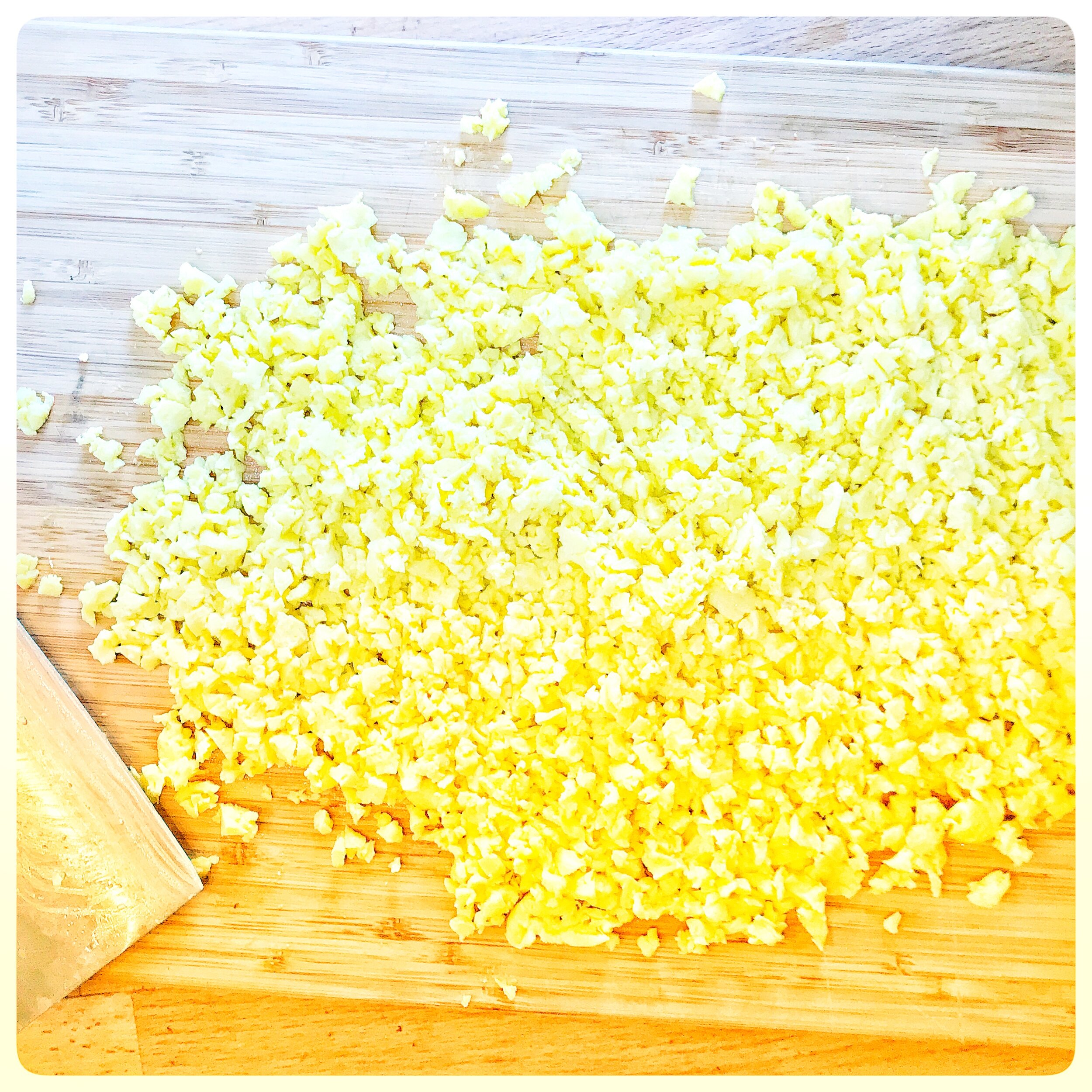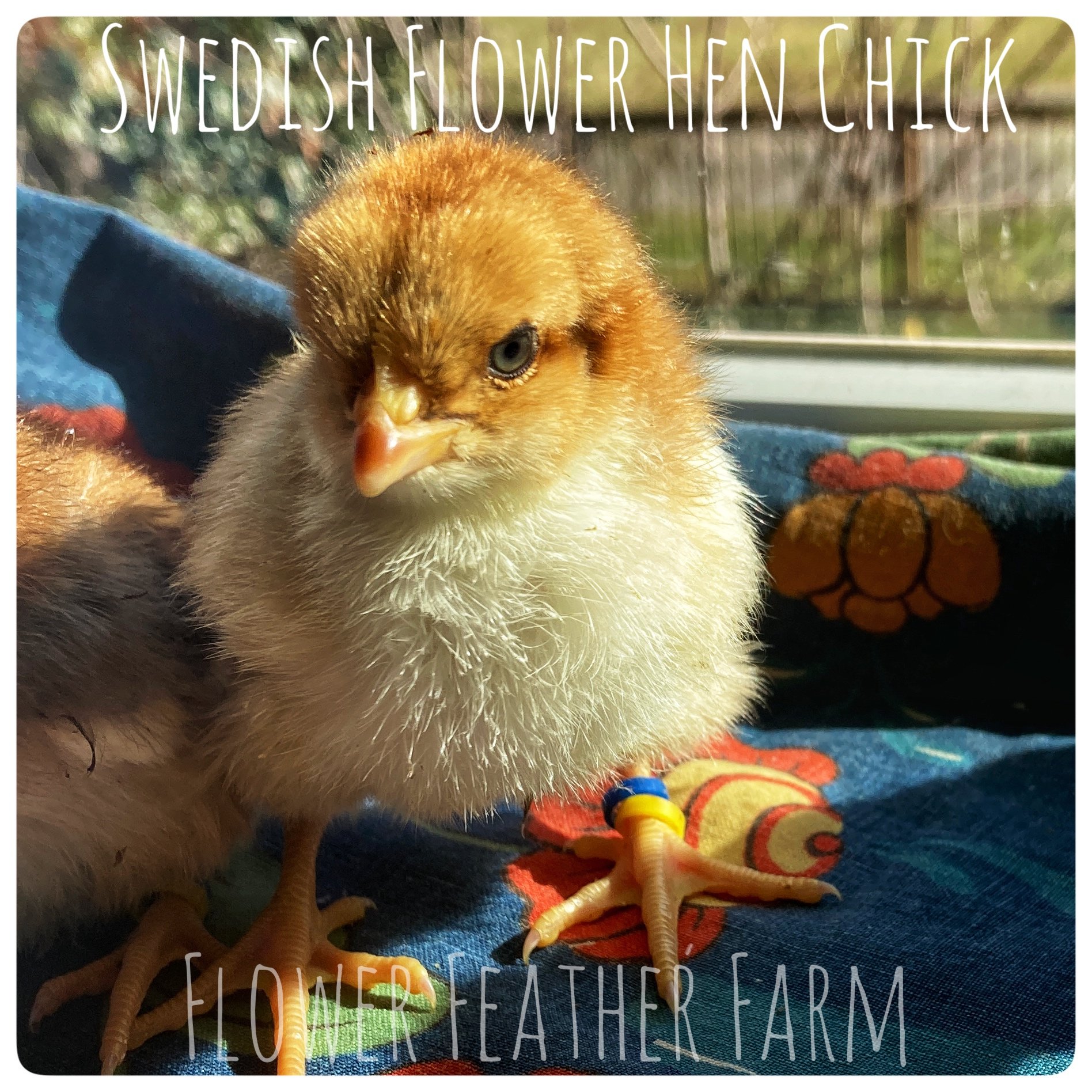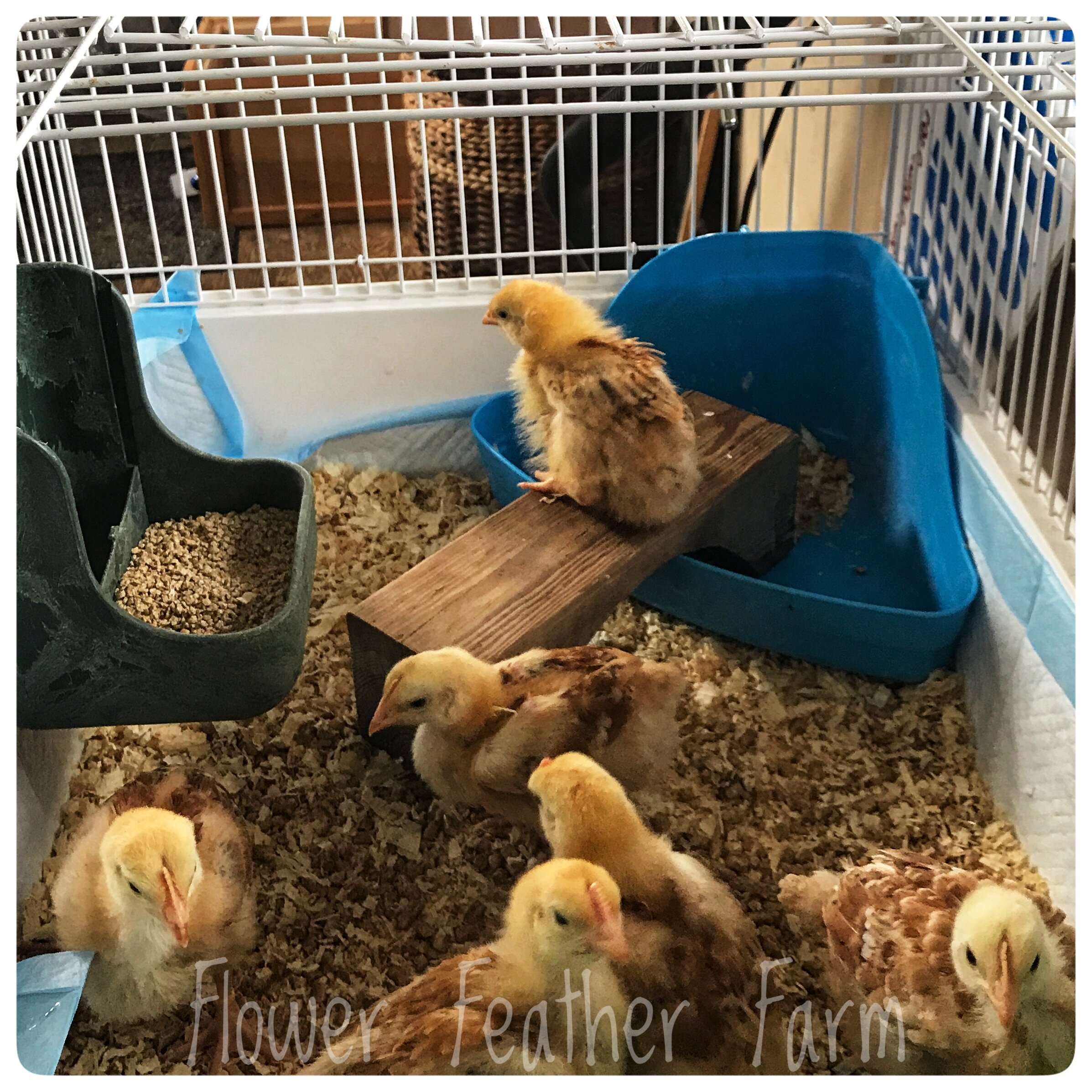Updated Brooder Tips
Here you will find all my best advice regarding:
Chick Housing: Brooder, Nesting Box, Heat, Snugglers and Bedding
Chick Food and Water: Waterers, Supplements, Feed, Feeders, Toys and Amusements
updated March 2025
Chick Housing
Brooder
In the past, we used a variety of brooders: a wooden kitty carrier my Grandpa built, an old dresser drawer with a makeshift lid, dog kennels, or an official brooder box. Now we have switched exclusively to Bunny Cages! Surprised us too. Here is why:
brooder box, no longer recommended
We appreciate that the gaps in the sides are too small to allow the chicks to pop out as they did in the dog kennels and too small to let the kittens reach in. The kittens do not approve of this feature.
We like the semi-walls — helps the chicks stay out of the draft but does allow for air exchange. The brooder boxes that I previously used seemed to get very stuffy and stagnant.
We like that the chicks see us passing to and fro and get comfortable with us. The brooder box only let them see us hovering above them in a scary predator-like manner.
We find the very easy to clean; more on this later.
Easy to take apart and store flat.
You can keep them in the bunny cages until they are ready to put them out (I put them out, with heat, long before they are fully feathered) which you can read about here When Can I Put My Chicks Outside, More suggestions here Juvenile or Grow-Out Care and Housing and Adding Teenagers to the Big Girl Flock.
Nesting Box
As it is so important that the chicks be kept out of drafts, and as they naturally seek out secure corners for their puddle of fluff co-sleeping habits, we like to use these nifty corner nesting boxes, with a little bedding in it, see below.
All snuggled up under the heat bulb.
Heat for Chicks
A steady source of heat is essential to your chicks’ health. Best is a set-up where they can move towards or away from the heat source as they see fit.
Lizard or Reptile Bulbs
I really like the lizard bulbs for a variety of reasons.
They do not emit light, so chicks sleep at night.
The bulb is smaller and recesses into the fixture so you have a slightly better chance of survival if the fixture falls into the bedding, which is not going to happen because you are going to zip tie and carabiner that puppy into place.
They last a long time. Much longer than those red bulbs that the feed stores sell that shatter into a million pieces and throw hot shrapnel into the chicks and into the flammable bedding. I personally know two people that had barn/coop fires — total losses — due to red feed store bulbs. They had used them for years and they were just fine, until they weren’t.
I can see the chicks. Heat plates, discussed below, are another option, but they do allow the chicks to hide themselves away. I like to see them.
Moving forward, all our future purchases of heat sources for chicks will be lizard bulbs in properly rated fixtures.
You will need to hang the fixture very low, lower than the dread red bulb sort, see video.
Heat Plates
Heat plates are safer than red farm store bulbs and the chicks love them. The chicks press their backs up into the heated surface and get all cozy warm. Alas, as mentioned above, we don’t get to see them as much, as they are usually tucked away underneath.
That said, if you are going to get one, I like this one because it is easy to raise or lower the legs when the chicks are still under it. I usually leave the front a little higher than the back so they have choices. You won’t regret paying the little extra for the cover, otherwise they will hop on top and poop all over the place.
Update 3/23/2025 — I will no longer be using or recommending these, as I discovered the hard way that if you reach your hand in to confirm that it is working, you may find it warm, but unless you touch all four quadrants of it — I did not — you may not notice when 3/4 of the plate stops working. And since you can’t see under there, you may not notice the distressed crowding until it is too late.
Thermometer
You don’t need a thermometer to see if it’s warm enough in the brooder. If they huddle together, they are cold. If they flee the heat-source and stand panting with wings akimbo, they are too hot. Why buy a man-made device to tell you what they are already telling you? Unless you aren’t there to check — if you are away from your brooder for long periods and you want some way to know the temperature, or maybe you are curious about the overnight low, I recommend the Govee.
The Govee thermometer pairs to your phone so you can check up on things from elsewhere and best of all you can set it to alert you if things get too hot or too cold.
Snugglers
Do offer a stuffed toy. I like to get them from the dollar store and they love to climb on top and snuggle. Do toss them out as soon as they start to get worn — don’t want loose threads tangling up the babies.
Don’t use feather dusters. Yes, they are cute. Yes, the chicks love them. Except for the ones that get spun around and tangled and die a slow death of strangulation; they don’t love it, and neither will you.
Bedding for Chicks
Make sure their floor is not slippery. I use puppy pads with a light layer of hemp (much better than wood pellets or pine shavings) on top — I prefer the hemp as it controls the stink better than the other options. The puppy pads absorb moisture and make it really easy to clean.
Pro-tip: layer 7-10 puppy pads and sprinkle a little bedding on top. When cleaning, just fold the top pad over from the outside in and lift the whole thing out and dispose of it. Add a little more hemp and you are done!
It matters which hemp product you buy. Dominion hemp is a hard pass from me: dusty and the particles — called “hurds” in the industry — are too big. I like the Aubiose/AubiChick/AubiZoo line — in fact I like it so much I am the West Coast Aubiose distributor, literally buying it by the shipping container!
Chick Food and Water
Chick Waterers
We like to use rabbit waterers. They can’t kick shavings into it and it’s an easy transition to nipple waterers later on. I like the kind with a floating toy in it, so it is easy to glance at it and see the water level. When they are brand new they don’t have the neck strength to operate the rabbit waterer, so I just put a small jar lid of water underneath the rabbit waterer to teach them this is where to drink. As they get older they discover the rabbit waterer and I can remove the jar lid.
If don’t have a rabbit waterer — or you just like cleaning shavings out of the waterer — add pebbles or marbles so that sleepy or ill chicks don’t pass out in it and drown.
If you are concerned about poopy bum, you can add Apple Cider Vinegar with the Mother to their drinking water for a few days. The probiotics in the ACV helps prevent poopy bum. But you don’t want to offer this all the time, as vinegar leaches calcium out of the bones.
Chick Supplements
These are the two I keep on hand. Because I use the Apple Cider Vinegar with the Mother in their drinking water I don’t have to add any other pro-biotics or electrolytes.
VetRx
Occasionally a chick will develop a respiratory ailment. When they do, I reach for the VetRx. It’s like Vick’s Vapo-Rub but for chicks. I dab some in the wing pits and a little on their beaks and add a little to their water.
NutraDrench
This is a supplement that is added to their water. If I want to switch to Apple Cider Vinegar, I dump out the NutraDrench — use one, or the other, but not both at the same time.
Chick Feed & Feeders
I start everyone on Purina Start & Grow medicated chick starter dry crumbles. I usually try to avoid big commercial brands of anything, but the chicks do best on Purina Medicated Start & Grow.
When they are between four to eight weeks old — depending on the time of year — they are usually living outside and at that time I offer them the fermented chick starter in the run.
In the meantime, we use these hanging rabbit feeders. So much less food ends up on the floor where it apparently becomes invisible. In addition, because we use layered puppy pads, having the food dish hanging makes is easier to remove the soiled layer.
Chick Treats
Offer treats sparingly, as they really need to fill up on balanced nutrition, and they are very tiny. The joy of treats is that it trains them that hands are good. My favorite purchased treat is GrubTerra’s Black Soldier Fly Larvae — which are NOT from China if that is a concern of yours. You will need to mash them up a bit for the babies.
You can also offer them scrambled eggs, minced fine. Or mix the BSF Larvae with the scrambled eggs for a super high-protein treat.
Chick Toys and Amusements
Bored chicks pick on each other. Be sure to offer an ever changing selection of amusements. A box to jump on and off of, a mirror in which to admire themselves, a hanging toy to investigate, wooden blocks and perches to try out. You can buy them ready-made or just grab some 2x4 scraps or some fruit tree prunings and use those.
Your Ideas
Please drop your ideas in the comments. There is always something to learn.
